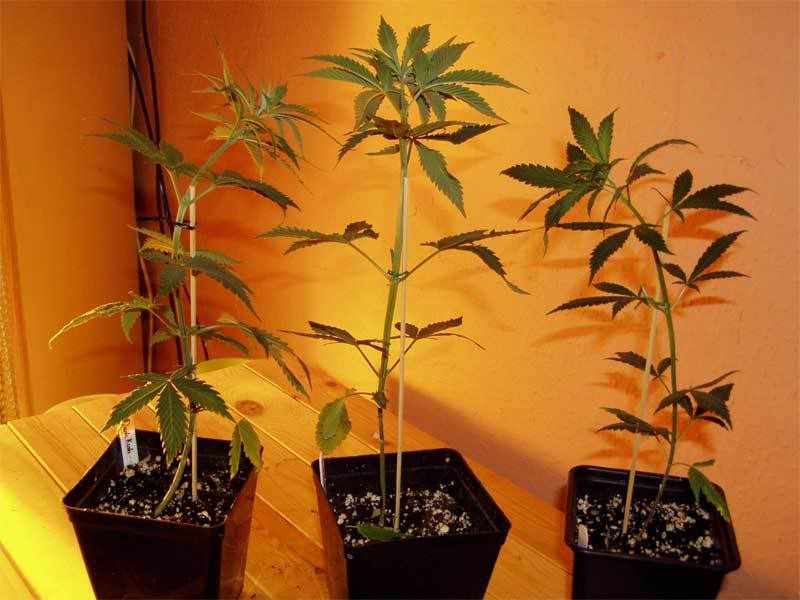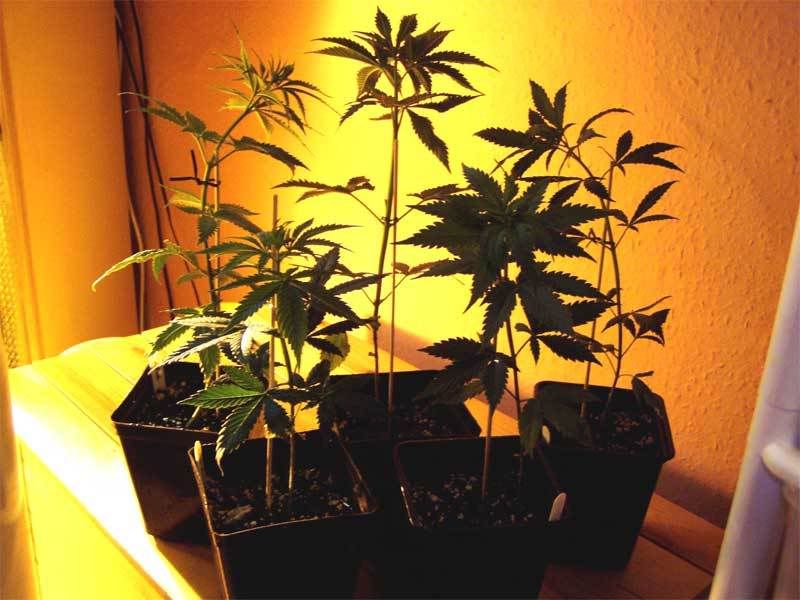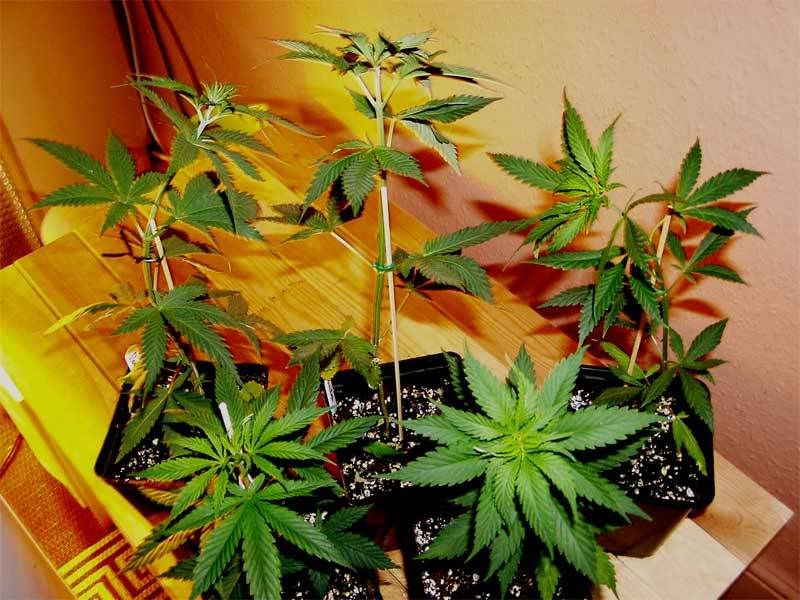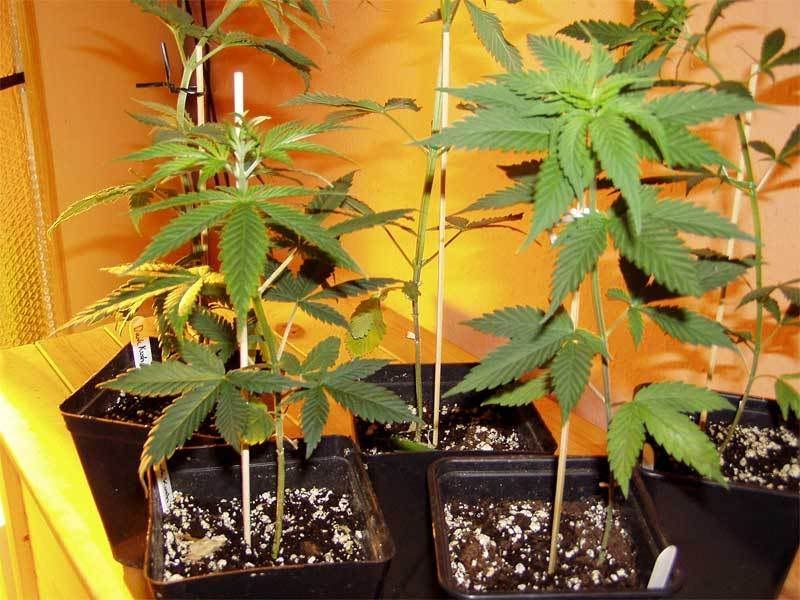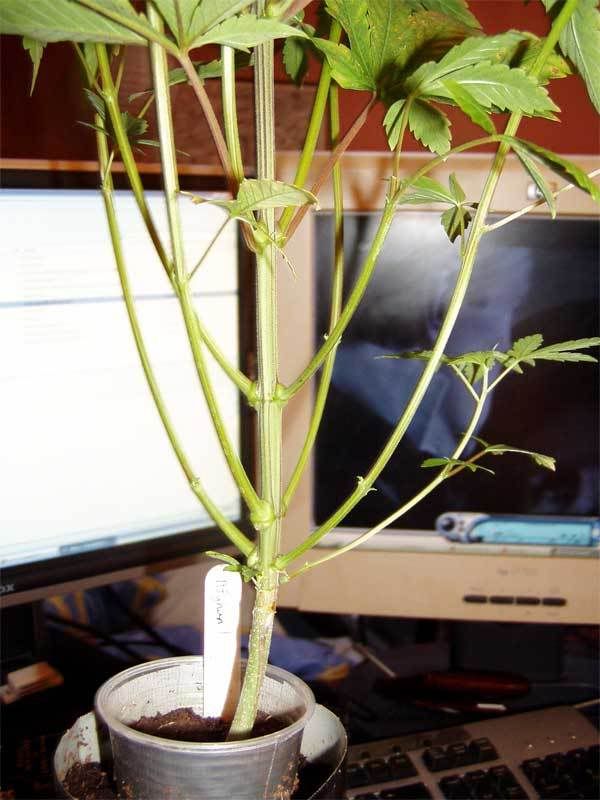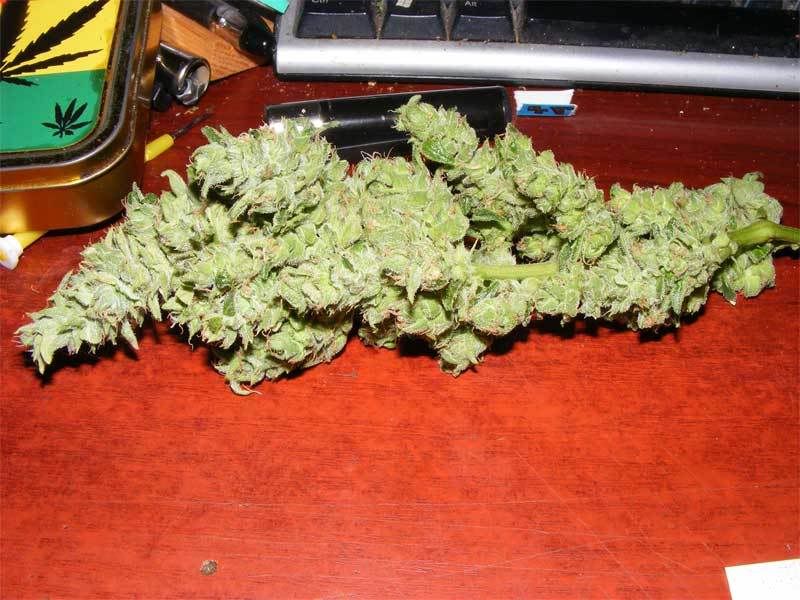G
Guest
lol @ pops.
I think they ate the cannabis for stomach comoplants...
I think they ate the cannabis for stomach comoplants...

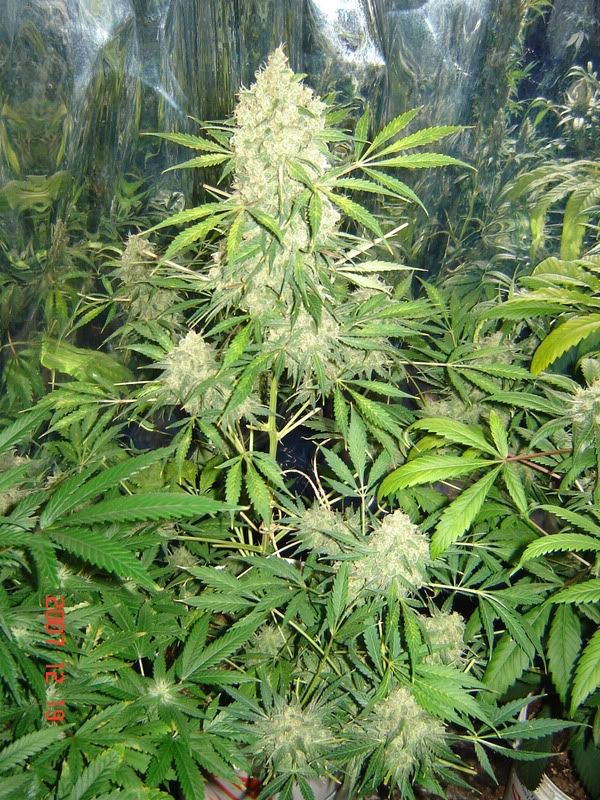
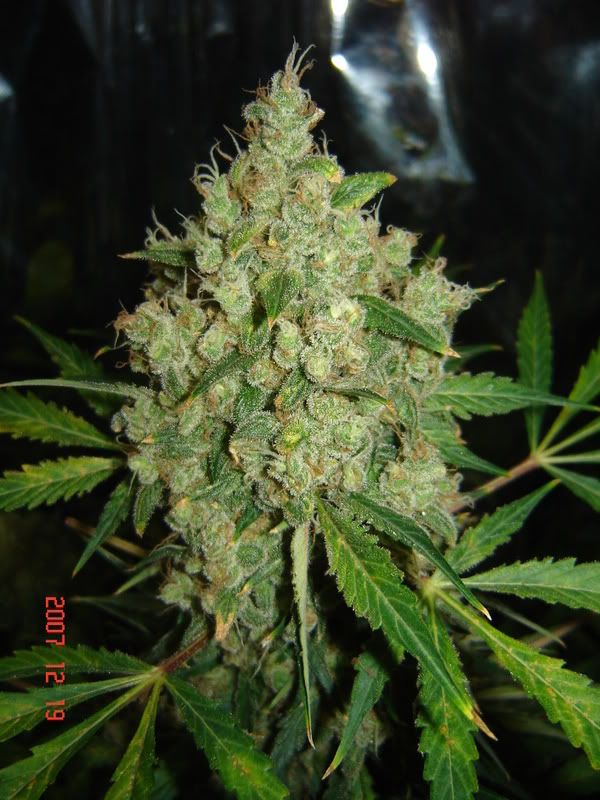
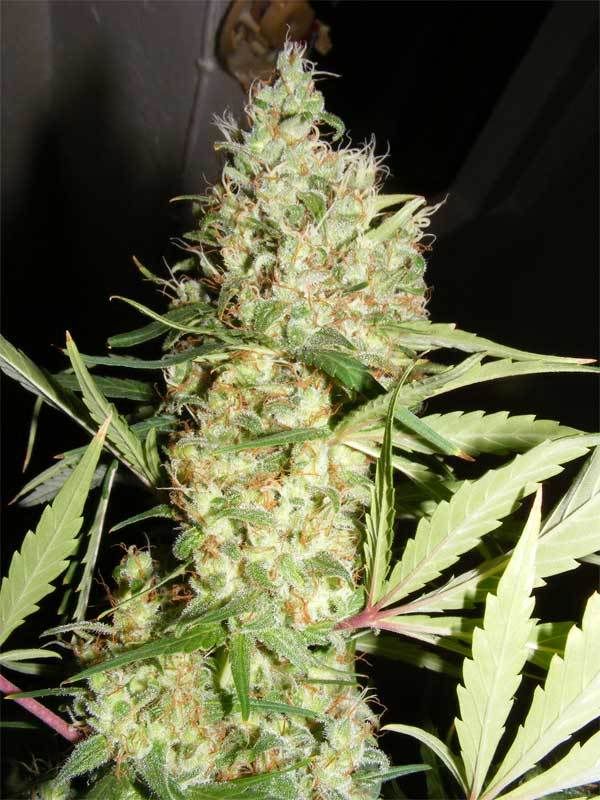
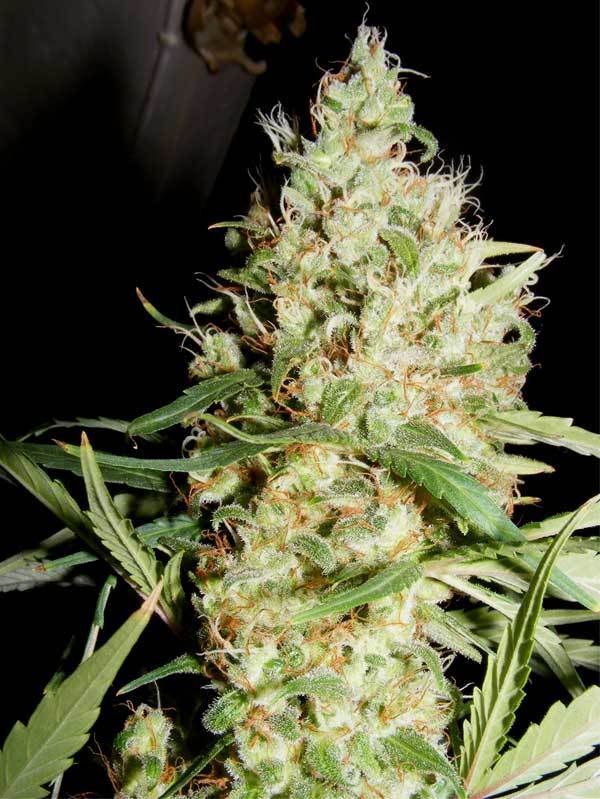
Sam_Skunkman said:BTW, I find males grown from seed to often be taller then females in general.
Originally Posted by Bluebeard
.Since males are more elusive as to what feminine traits they are capable of passing on to their female offspring, every cannabis breeder whose goal is breeding for female floral traits should spend significantly more time studying males than they do females, simple as.
